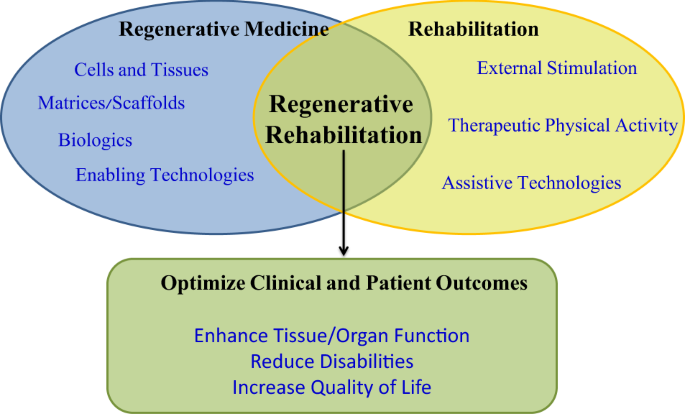Table of Contents

[/image][=video]
[/video]
There are numerous kinds of stem cells. In basic, the term stem cell describes a group of cells that trigger various other cells (like skin, blood, heart, and muscular tissue cells) by replicating and separating in reaction to chemical cues. Totipotent stem cells appear at the earliest phase of development and are the only stem cells which can create beginning stem cells and the placenta.
Bone marrow transplant (BMT) is a special therapy for people with specific cancers cells or various other diseases. A bone marrow transplant includes taking cells that are typically discovered in the bone marrow (stem cells), filtering system those cells, and providing them back either to the donor (individual) or to an additional individual. The goal of BMT is to transfuse healthy bone marrow cells right into an individual after his/her very own harmful bone marrow has been treated to kill the abnormal cells.
The blood cells that make various other blood cells are called stem cells. The most primitive of the stem cells is called the pluripotent stem cell.
It is the stem cells that are required in bone marrow transplant. The goal of a bone marrow transplant is to treat lots of conditions and sorts of cancer. When the dosages of chemotherapy or radiation needed to cure a cancer are so high that a person's bone marrow stem cells will be permanently harmed or ruined by the treatment, a bone marrow transplant might be needed.
Menopause Treatment
This process is often called rescue. Replace bone marrow with genetically healthy and balanced functioning bone marrow to avoid even more damage from a genetic condition process (such as Hurler's disorder and adrenoleukodystrophy). The risks and advantages need to be considered in an extensive discussion with your health care company and experts in bone marrow transplants prior to the procedure.
There are different kinds of bone marrow transplants depending on that the benefactor is. The various types of BMT include the following: The benefactor is the person himself or herself. Stem cells are extracted from the person either by bone marrow harvest or apheresis (a process of gathering outer blood stem cells), icy, and after that returned to the person after extensive treatment.
The donor shares the same hereditary kind as the individual. Stem cells are taken either by bone marrow harvest or apheresis from a genetically matched benefactor, normally a brother or sibling. Other contributors for allogeneic bone marrow transplants might consist of the following: A haploid-identical suit is when the donor is a parent and the genetic match goes to least half similar to the recipient.

Matching involves inputting human leukocyte antigen (HLA) tissue. The antigens externally of these unique white blood cells figure out the hereditary make-up of an individual's immune system. There go to least 100 HLA antigens; however, it is thought that there are a few major antigens that establish whether a contributor and recipient match.
Clinical research study is still examining the role all antigens play in the procedure of a bone marrow transplant. The more antigens that match, the much better the engraftment of given away marrow. Engraftment of the stem cells happens when the contributed cells make their way to the marrow and start making new members cells.
Medical Group
All individuals function together to offer the finest chance for a successful transplant. The team is composed of the following: Medical care providers who specialize in oncology, hematology, immunology, and bone marrow transplant.
Professionals who will aid you meet your dietary requirements before and after the transplant. Numerous various other group participants will certainly evaluate you before hair transplant and will provide follow-up treatment as needed.

A total medical history and physical examination are performed, including several tests to examine the person's blood and body organ functions (for instance, heart, kidney, liver, and lungs). A patient will certainly commonly enter the transplant center up to 10 days prior to transplant for hydration, evaluation, positioning of the main venous line, and various other preparations.
For an allogeneic transplant, a suitable (cells typed and matched) benefactor must be available. Voluntary marrow contributors are signed up in a number of national and international computer registries.
Donor resources offered consist of: self, sibling, moms and dad or loved one, nonrelated individual, or umbilical cord from a related or nonrelated individual. There are national and worldwide computer system registries for nonrelated individuals and cord blood. Some member of the family might be typed as a result of the desire to aid. These loved ones may or might not elect to have their type registered for use with other receivers.
Regenerative Therapy servicing East Lansing, Michigan
Tests connected to his or her wellness, exposure to infections, and genetic evaluation will be done to establish the degree of the match. The donor will certainly be offered instructions on exactly how a bone marrow donation will be made. Once a suit for an individual needing a bone marrow transplant is located, after that stem cells will certainly be accumulated either by a bone marrow harvest.
Or by a peripheral blood stem cell collection. This is where stem cells are collected from the circulating cells in the blood. Of the two, peripheral blood stem cell contributions are currently a lot more usual. Cord blood has actually already been collected at the time of a birth and saved for later use.
Navigation
Latest Posts
Regenerative Therapy in East Lansing
Hormone Therapy local to East Lansing, Michigan
Menopause Therapy